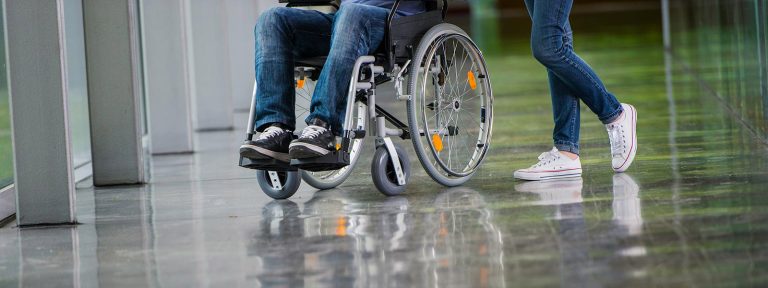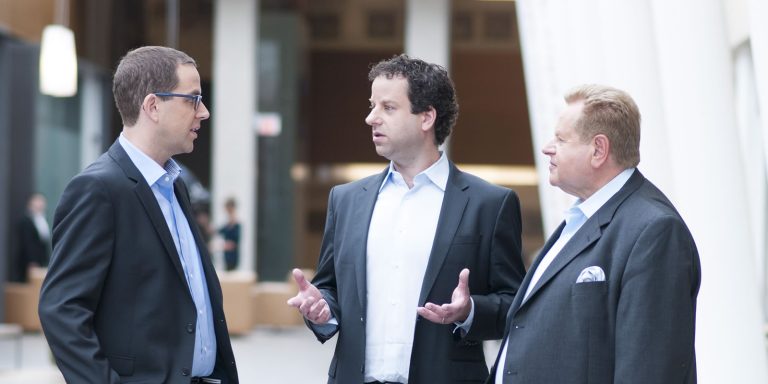Toronto’s a great city to explore on foot. Whether you’re walking around Harbourfront, exploring Edwards Gardens, shopping along Queen Street with a coffee in hand, or enjoying an evening stroll in Yorkville, walking is often the most efficient and enjoyable way to get around the city. But it’s no secret that walking in Toronto can come with risks, especially when distracted drivers, bikes and scooters, and poorly designed intersections come into play.
Every year, hundreds of pedestrians in the GTA are injured in an accident. Some are lucky enough to walk away with minor scrapes and bruises. Others suffer serious injuries that can change their lives forever.
If you’ve been struck by a car as a pedestrian or know someone who has, here’s what you need to know: what to do now, what your rights are, and how to ensure you’re taken care of physically, emotionally, and financially.
What is the Reality on Toronto’s Streets?
Let’s start with the big picture: pedestrian accidents in Toronto are not rare and happen throughout the city. In fact, they’ve become a growing concern over the past decade. According to the Toronto Police Service, there were 29 pedestrian fatalities in 2023, an increase from 22 in 2022. That’s a 32% year-over-year increase. And that’s just fatalities – there are hundreds more injuries, many of them serious, that never make the news (with many of them unreported to police).
A 2024 study by York University found that Toronto’s roads are still disproportionately dangerous for pedestrians, especially seniors and those walking outside of the downtown core. The city’s “Vision Zero” initiative, launched in 2017, aimed to eliminate traffic-related deaths. While it led to some improvements – like lower speed limits and additional safety infrastructure – the goal hasn’t yet been reached.
Intersections remain a danger zone. High-traffic roads like Yonge, Eglinton, Steeles, and Finch, where foot traffic and car traffic collide, see particularly high numbers of pedestrian accidents. The ongoing construction, poor road conditions due to weather and lack of maintenance, and lack of maintenance further make these streets more dangerous.
Right After the Accident: What You Should Do?
Being hit by a car is a traumatic event. Your adrenaline will be pumping, and you may not immediately feel the full extent of your injuries. Still, the steps you after the accident can make a big difference in your recovery and any potential legal claim.
First, after any car accident, prioritize your safety and seek medical attention regardless of the extent of your injuries. Even if you believe you’re not seriously injured, call 911 or ask someone nearby to do so. Emergency services will arrive at the scene and file an official police report. This document can be vital later, especially if questions arise about who was at fault. First responders can assess the situation, check on your health status, and deal with the accident however necessary.
Next, if you can, gather as much information as possible. Take photos of the accident scene, including where it happened, traffic lights or signs, the position of the vehicle, and any visible injuries. If anyone witnessed the collision, ask for their contact info. And most importantly, get the name, contact, driver’s license, and insurance information from the driver involved.
Getting Medical Help Even If You “Feel Fine”
One of the most common mistakes pedestrians make after being struck by a car is brushing off medical attention because they “don’t feel that bad.” But some of the most serious injuries, like internal bleeding, concussions, or spinal trauma, don’t show up right away.
Always go to the emergency room or see your doctor after a collision. Make sure everything is documented. Those records will back up your case if you need to make an insurance claim or seek legal compensation.
Who Pays for What? Understanding Ontario’s No-Fault System
Now to the legal stuff, because let’s face it, being hit by a car in Toronto isn’t just painful, it’s expensive. Things can add up quickly between medical bills, physiotherapy, time off work, and other costs.
The good news is that Ontario has a “no-fault” auto insurance system, which means that even if you don’t have auto insurance, you may still be entitled to benefits.
You can file a claim under the Statutory Accident Benefits Schedule (SABS) if a vehicle is involved in an accident. These benefits can include medical and rehabilitation costs, income replacement benefits (up to 70% of your gross weekly income, to a maximum of $400/week), non-earner benefits if you’re unable to carry on normal life activities and attendant care if you need help with personal care.
If the injuries are more serious—what the law considers a “threshold injury”—you may also be entitled to file a lawsuit against the at-fault driver for things like pain and suffering, loss of enjoyment of life, future income loss and housekeeping and home maintenance expenses.
This is where a good personal injury lawyer comes in. At Bergel Magence, we handle these types of cases all the time and know how to deal with insurance companies that might try to minimize your claim. We will fight on your behalf, handling all aspects of your claim, allowing you to solely focus on getting better.
What If You Were Hit When Jaywalking?
People assume that if they were jaywalking when hit by a car, they are automatically at fault. Under Ontario law, there’s a concept called the “reverse onus” in pedestrian accidents. It means that the driver is presumed to be at fault unless they can prove otherwise. That’s a big deal. It shifts the burden away from the pedestrian and onto the driver to show they acted with due care and attention.
Even if you were partially at fault, you may still be eligible for compensation—it just might be reduced based on the percentage of fault attributed to you (this is known as contributory negligence).
How Long Do You Have to File a Claim?
If you’re considering legal action, you generally must file a lawsuit two years from the accident date. That might seem like a long time, but time can fly when you’re recovering from injuries, attending appointments, and dealing with insurers.
If the accident involved a municipally owned roadway (like if a pothole or icy sidewalk contributed), you may need to notify the city within 10 days of the incident. That’s a tight timeline, and it’s another reason to speak to a lawyer as soon as possible.
What You Might Be Entitled To
Every case is different, but pedestrian accident settlements in Ontario can range widely depending on the severity of injuries. Minor injuries might result in a few thousand dollars in benefits. But serious injuries—like fractures, chronic pain, or brain trauma—can lead to settlements in the six-figure range or more.
A 2022 Canadian Institute for Health Information analysis found that pedestrian injuries cost the healthcare system millions annually. But for individuals, the emotional toll and loss of income often feel far worse than the physical injuries themselves.
Hit By a Car? We Can Help!
Nobody walks out their door thinking they’ll be hit by a car. But in a city like Toronto, where pedestrians and vehicles are constantly vying for space, it happens more than it should.
If you have been hit by a car while walking in or around Toronto, take a deep breath and remember:
You have rights.
You have legal options.
And you don’t have to face it alone.
You have rights.
You have legal options.
And you don’t have to face it alone.
At Bergel Magence Personal Injury Lawyers, we’ve been helping injured pedestrians across the GTA for over 50 years. We know the system, how to deal with insurers, and most importantly, how to fight for you. Contact Bergel Magence today to get the justice and compensation you deserve.



